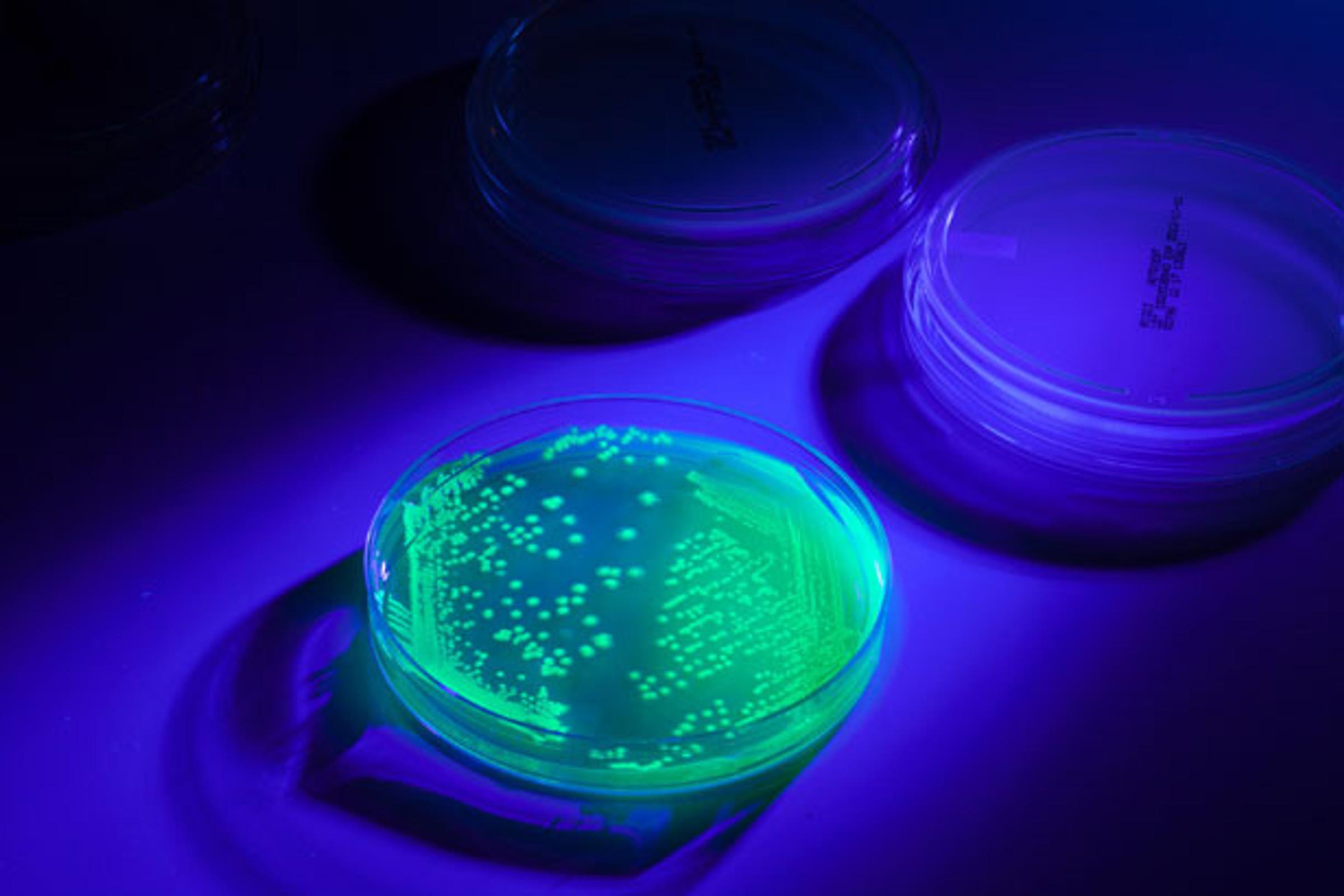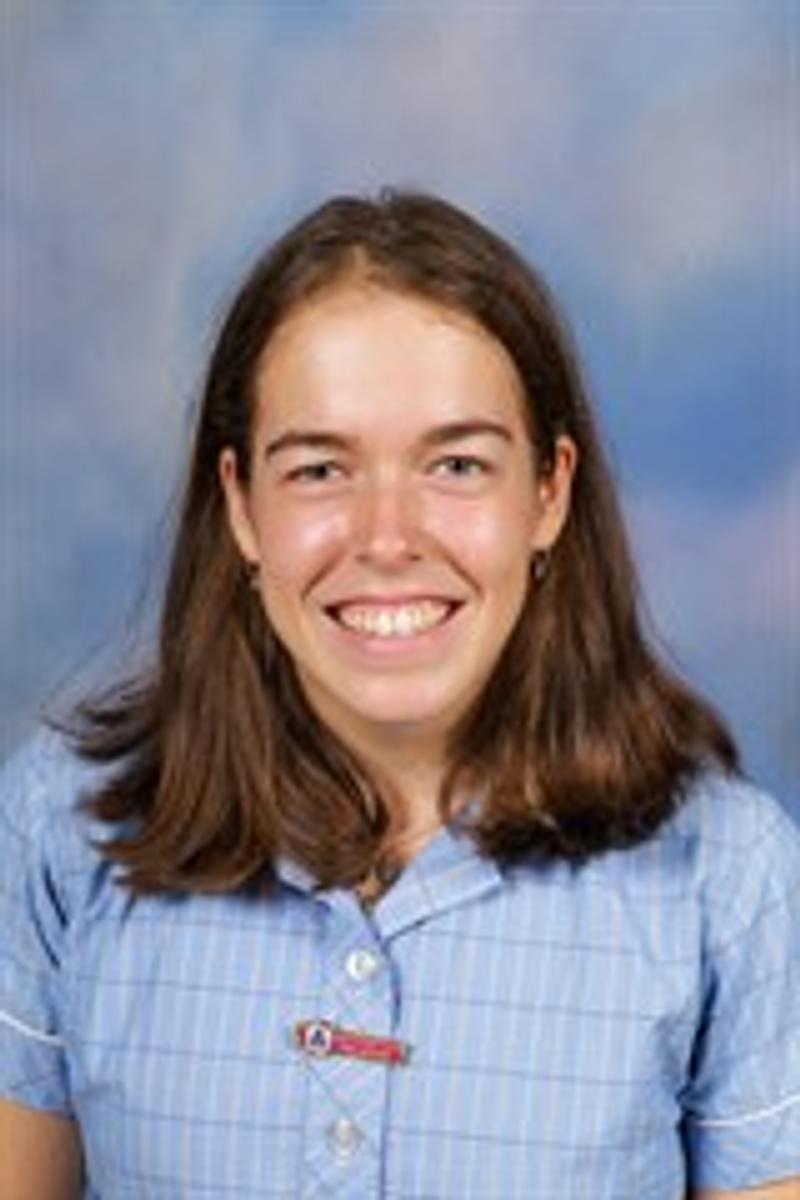SCIENCE

pGLO EXPERIMENT
This year's annual pGLO experiment took place during the last week of term 2 for all of the year 12 Biology students. During this experiment, we were able to look into whether or not E. coli bacteria was capable of growing under specific conditions. The experiment involved comparing the growth and glow under UV light of four plates of bacteria. If the plates contained transformed bacteria, which were ampicillin resistant plasmids, they would grow. In comparison, if the plates did not contain transformed bacteria, it did not contain the recombinant plasmids and as a result were not able to grow due to their lack of ampicillin resistance.
This experiment was especially enjoyable because we were able to use the variety of expensive equipment that would be used in research laboratories around the country. This included the usage of micropipettes which was a very new experience for most of the biology students in our cohort. Due to all of the specific details and steps within the experiment, everyone was excited to discover what had possibly grown on their agar plates and whether or not any of the bacteria glowed. After all the hard work and focus, it was so pleasing to view a plate of brightly glowing bacterial colonies.
This experiment really emphasised to all students how important following specific instructions is as students who got the measurements of everything in the tests perfect, received the best results. Due to the nature of the experiment, we were also able to learn the importance of keeping a sterile environment by consistently sanitising hands and benchtops so we did not impact our results. This task was one of the most interesting ways to apply our learning to a hands-on task as now I am sure the biology cohort has a better understanding on how plasmids work in real life scenarios. You could tell everyone was engaged and having fun due to the focus and productive conversations occurring in the room.
This experiment was the perfect way to connect the content of our study design to practical scenarios and was very satisfying to see a variety of results across the classroom. It was also a great opportunity to collaborate with students in our classes in an effective manner.
Thank you so much to all of the year 12 Biology teachers for enabling us to do this experiment as well as the laboratory staff for setting this up for the cohort.
Monique Andjelic
Year 11 Student


